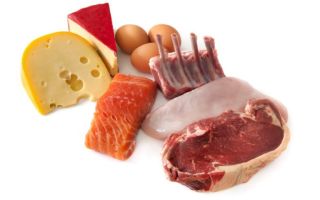Content
Amino acids follow water in importance for adequate vital functions of the body. Essential substances come with food or are produced in the body. The value is determined depending on their division into irreplaceable and replaceable. This differentiation is not considered objective. The amino acids in food are essential.
The effect of amino acids on the body
Protein that enters the body along with food is broken down into 20 amino acids. They are required to perform the following functions:
- synthesis of hormones;
- maintaining the activity of thought processes due to the conduction of nerve impulses;
- tissue restoration and growth;
- regulation of the nervous system;
- the formation of muscle fibers;
- production of antibodies and enzymes;
- metabolic control.
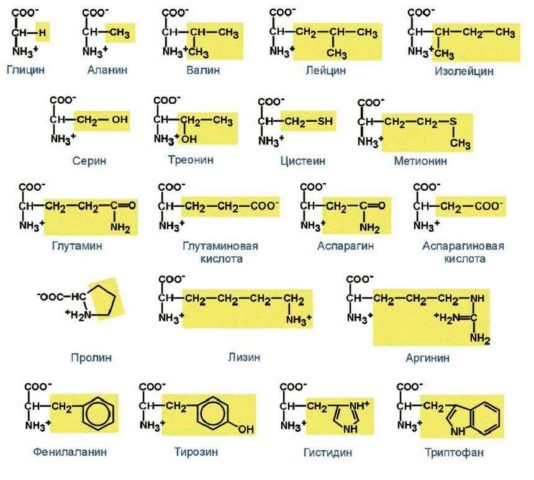
Replaceable, irreplaceable and conditionally replaceable: what's the difference
The body needs all amino acids. Their effect on the functioning of organs and systems has not been sufficiently studied. The following groups of substances are distinguished:
- irreplaceable;
- replaceable;
- conditionally replaceable.
Some organic compounds can be obtained exclusively from food. They are not synthesized in the body. Essential substances are the most important. This indicates the need for careful preparation of the diet.
The following essential amino acids are called:
- valine, which improves the transport of valuable nutrients, cognitive functions;
- leucine, which is necessary for protein synthesis, immune system function, muscle recovery;
- phenylalanine, which reduces signs of depression, has a positive effect on brain function;
- isoleucine, which increases endurance, replenishes energy reserves, accelerates the recovery of muscle tissue;
- lysine, which strengthens the immune system, stimulates collagen production;
- methionine, which removes waste products, promotes the utilization of fats;
- threonine, which is involved in the formation of various tissues, increasing protein synthesis;
- tryptophan, which regulates appetite, sleep quality through the production of the neurotransmitter serotonin.
The body can independently synthesize some amino acids from other substances. This happens with an unbalanced diet. Among the replaceable organic compounds are:
- arginine;
- glycine;
- glutamine;
- glutamic acid;
- asparagine;
- carnitine;
- proline;
- serine;
- ornithine;
- taurine.
Each type of substance performs up to 10 important functions, including:
- participation in the synthesis of hormones;
- regulation of the functioning of the immune system;
- normalization of metabolism.
Conditionally nonessential amino acids are considered a complex category. These are substances that can be produced in the body. However, their number will not be sufficient to perform some important functions.
Conditionally replaceable organic compounds include:
- tyrosine, which reduces stress and fatigue;
- histidine, which accelerates tissue repair processes;
- alanine, which strengthens the immune system and the nervous system;
- cysteine involved in protein synthesis.
Daily requirement
The body needs absolutely all amino acids. Their number should be harmonious. The ratio of animal proteins to vegetable proteins is 65: 36-45: 55. Not only the presence of organic compounds in the product is important, but also their concentration.
Protein quality is essential. Animal products are absorbed better than plant products. To cover the need for amino acids, you need to include foods from different groups in the diet.
What factors affect the content of amino acids in the body
In some people, there is a violation of the absorption of organic compounds, which can cause allergic reactions. This phenomenon is usually congenital and requires a decrease in the amount of intake of nutrients.
An increase in the concentration of nutrients is required in the following cases:
- active growth;
- professional sports;
- intense mental and physical stress;
- period after a long illness.
The assimilation of proteins is determined by the type of product. The maximum indicator is noted for the following items:
- egg white;
- lean meats and fish;
- cottage cheese.
It is also important to combine foods correctly. For example, milk can be added to buckwheat porridge. Cottage cheese and meat are suitable for flour products.
Causes and signs of deficiency and excess
Amino acids are found in foods. Some substances can be synthesized in the body. A shortage and an increase in the concentration of certain proteins are caused by an inadequate diet and the abuse of certain foods. Sometimes an imbalance occurs due to liver pathologies and diabetes mellitus.
Symptoms of a deficiency of organic compounds include:
- decreased appetite;
- drowsiness and weakness;
- hair loss;
- delayed development and growth;
- deterioration in the condition of the skin;
- anemia;
- frequent ARVI.
Against the background of an excess of proteins, the following symptoms may be observed:
- hypertension;
- dysfunction of the thyroid gland;
- early gray hair;
- joint pathology;
- risk of increased stroke and heart attack.
What foods contain amino acids
Nutrition is the main source of substances. Proteins in food are conventionally divided into 2 categories:
- Complete... Includes essential amino acids. These are mainly animal products, for example, fermented milk products, meat and fish, eggs. Vegetable source includes soy.
- Hincomplete... The composition is distinguished by the absence of irreplaceable organic compounds. This group includes plant products: seeds, nuts, cereals, legumes.
What foods contain essential amino acids
These substances are not synthesized by the body. Their intake is possible only with food. In this connection, with an unbalanced diet, a deficiency of important nutrients may occur.
The following foods are said to contain essential amino acids:
- meat, fish, poultry, liver, caviar;
- dairy products;
- eggs;
- sunflower and pumpkin seeds;
- walnuts, pine nuts and Brazil nuts, almonds, sesame seeds, cashews, peanuts, dates;
- legumes;
- rice (brown, brown), buckwheat and oatmeal;
- soy;
- wheat germ;
- Wheat flour;
- potatoes;
- bananas and avocados.
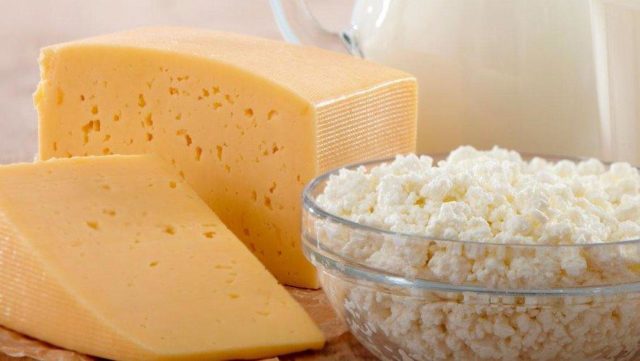
The table reflects the content of amino acids in food:
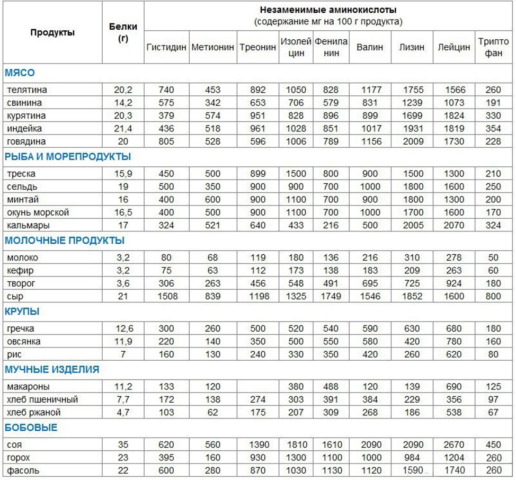
What foods contain conditionally nonessential amino acids
Substances can be produced from other organic compounds. However, their concentration will not be sufficient to perform essential functions.
The following foods contain conditionally nonessential amino acids:
- cheese;
- meat, poultry, fish;
- soy;
- sesame seeds, peanuts;
- wheat germ;
- pumpkin and sunflower seeds;
- eggs;
- legumes;
- bananas, avocados;
- buckwheat, wild and brown rice;
- garlic, red peppers, Brussels sprouts, onions, broccoli;
- wheat and corn flour.
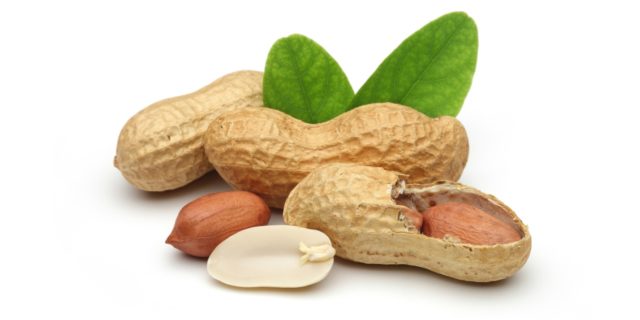
What foods contain nonessential amino acids
Protein can be obtained from a balanced diet. The following foods rich in nonessential amino acids are indicated:
- meat, poultry, fish;
- soy;
- eggs;
- dairy products;
- pine and walnuts, peanuts, sesame seeds;
- sunflower and pumpkin seeds;
- legumes;
- brown rice, oats;
- wheat and corn flour;
- gelatin;
- seafood;
- mushrooms;
- beets and cabbage.
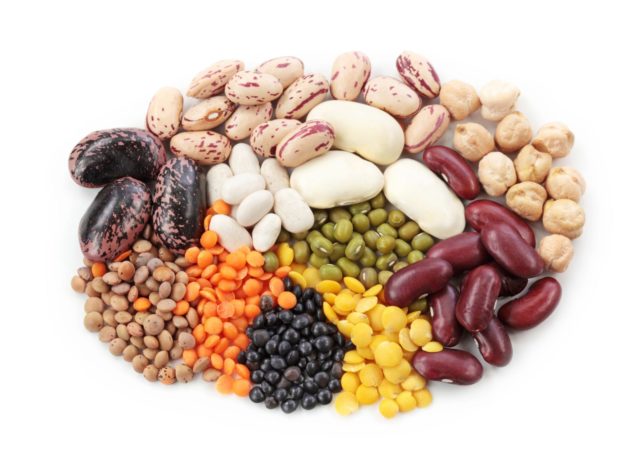
What foods contain all 20 amino acids
The maximum amount of nutrients include animal sources:
- meat;
- seafood and fish;
- eggs;
- dairy products.
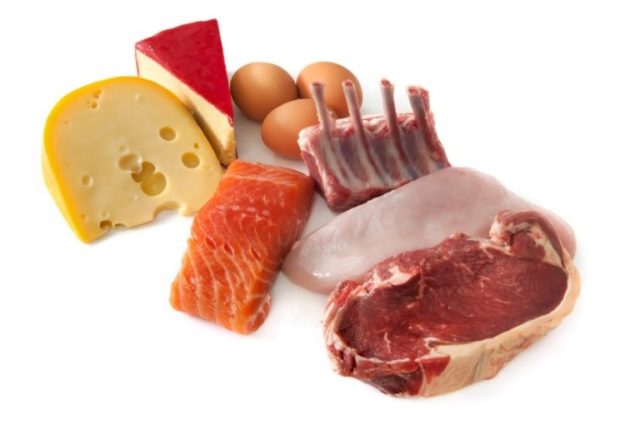
The highest quality source is a chicken egg. The product is distinguished by a complete set of amino acids and their optimal ratio.
Nutritionists pay attention that you should not consider each product separately in order to determine the amount of organic compounds. The most important thing is to maintain balance, which is a natural state.
Amino acid content in plant products
Not only animal sources are rich in organic compounds. Plant foods also contain significant amounts of nutrients:
- nuts;
- oils;
- mushrooms;
- cereals;
- Rye bread.
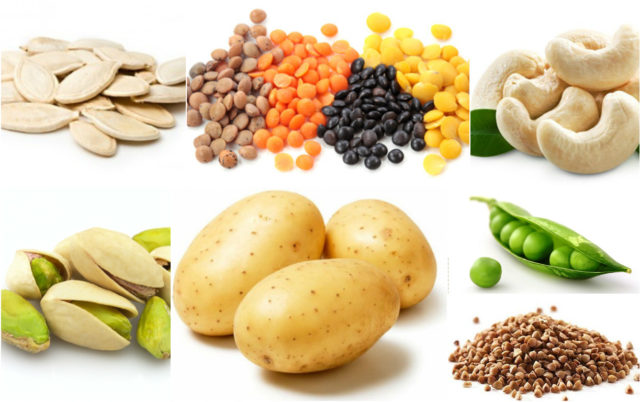
Foods containing amino acids for health and beauty
The optimal level of beneficial nutrients ensures the maintenance of good physical shape, rapid energy recovery.
The most important amino acids are found in the food list, which includes:
- eggs;
- dairy products (cottage cheese, cheese);
- meat (beef, lamb, pork, chicken);
- fish (cod, pike perch);
- potatoes.
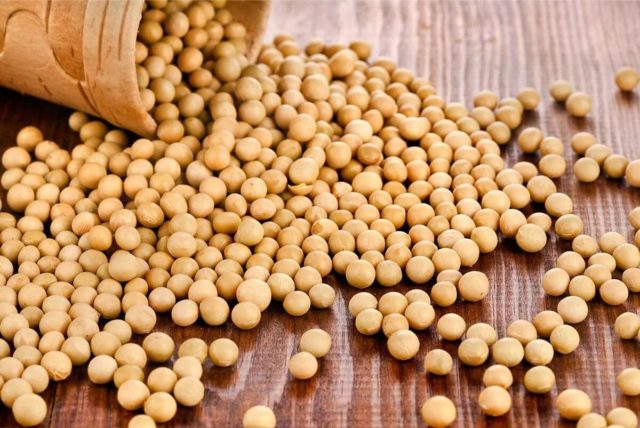
Rules for choosing foods containing amino acids
The diet should be as varied as possible. You should not give preference to only 1 food group. Some amino acids have the same transport channels. An excess of some substances will lead to a lack of others.
Conclusion
The amino acids in foods provide their health benefits. The intake of all valuable nutrients is essential. An excess of some proteins can cause a deficiency of others, which will adversely affect the functioning of internal organs. The amino acid content of foods is ambiguous.This is why it is important to include animal and plant sources in your diet.

